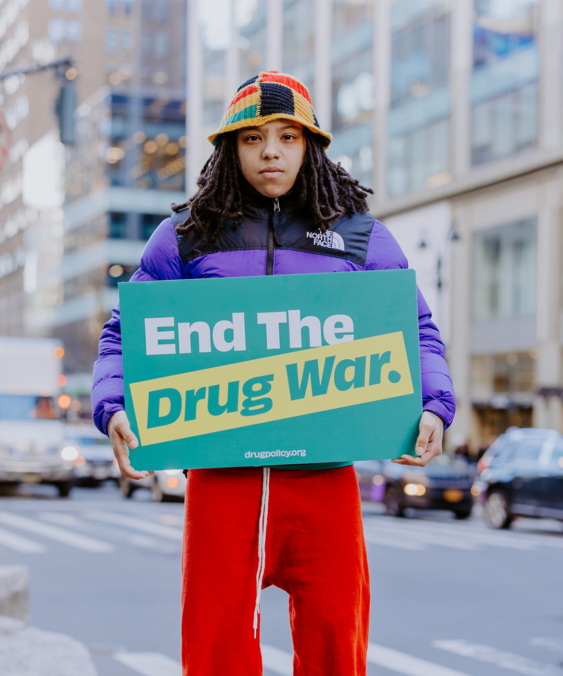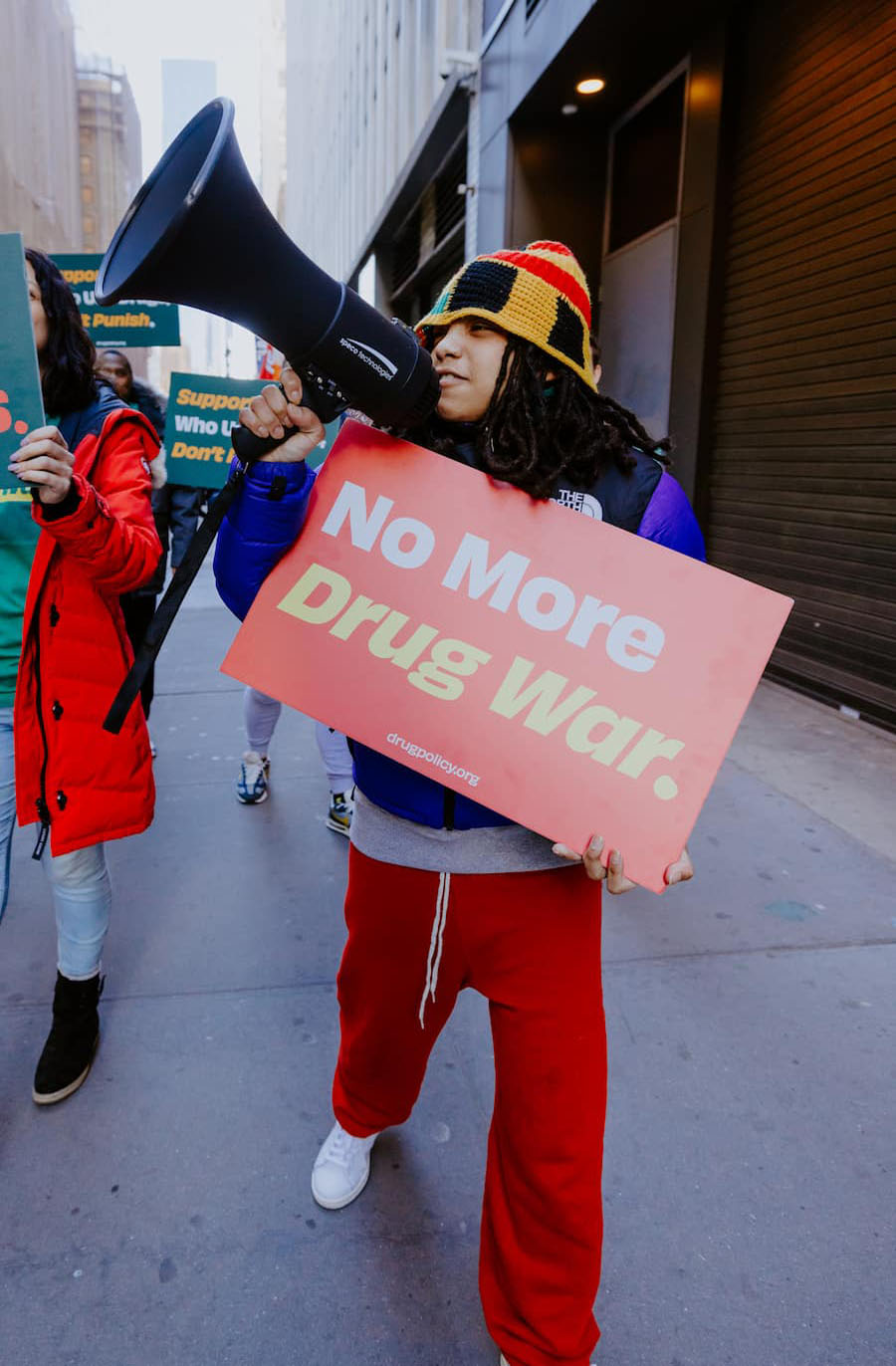
Margaret Dooley-Sammuli at 213-291-4190 or Tommy McDonald at
SACRAMENTO — Yesterday’s federal three-judge panel ruling on prison overcrowding prompted calls from prison reform advocates to restore California’s prisons to their original purpose: to hold accountable and to rehabilitate people who have committed serious offenses, not petty ones.
“It’s long past due for California to get smart on crime, and that means being more discerning about who is sent to state prison,” said Margaret Dooley-Sammuli, deputy state director for the Drug Policy Alliance in Southern California. “There are far too many low-level, nonviolent drug offenders in state prison, many of whom have treatable addictive or mental illness and who could be better managed at the county level, whether through treatment, probation, or a combination of those.”
On Tuesday, a federal three-judge panel ruled that California must reduce the size of its state prison population by 40,000 inmates over two years. Matthew Cate, head of the corrections agency, told reporters yesterday that the state’s current plan would slim the population by 37,000. Legislators have promised to approve their own plan in August to cut prison spending by $1.2 billion. According to the Legislative Analyst’s Office, one year of incarceration costs $49,000 per inmate — or $1.2 billion for 24,000 inmates.
“California’s budget and prison overcrowding crises are inextricably linked — and so are their solutions,” said Daniel Abrahamson, legal director for the Drug Policy Alliance. “We must spend our limited criminal justice resources more wisely, as experts have been recommending for decades. That means more diversion of nonviolent drug offenders, more recidivism-reduction programming, including drug treatment, and more sensible parole policies — especially for drug-addicted parolees.”
The Drug Policy Alliance sponsored a November 2008 ballot measure designed to address these crises. Proposition 5, the Nonviolent Offender Rehabilitation Act, would have cut the prison and parole populations; reduced recidivism through programming, good time credits and re-entry support; and, according to the LAO, slashed prison spending by a net $2.5 billion. Prop. 5 failed after opponents spent nearly $3.5 million on advertising. Advocates called on Sacramento to revisit the expert-recommended proposals that would have become law under Prop. 5.

Election Day is around the corner… and we must be prepared to shape the national conversation about drugs. We need 250 donors to come forward before July 31!
